Posts by Agribusiness
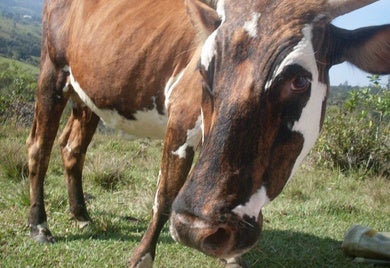
Getting more out of the same amount of land: cattle and forestry as a sustainable investment
As the global agricultural community gathers next week in New York for the Global AgInvesting conference to explore investment opportunities, strategies for reducing risks through diversified agricultural portfolios is high on the agenda. As the sector is facing the challenge of resource scarcity, climate change and a growing global population with diets increasingly based on animal products, combined production systems are an effective sustainable investment.
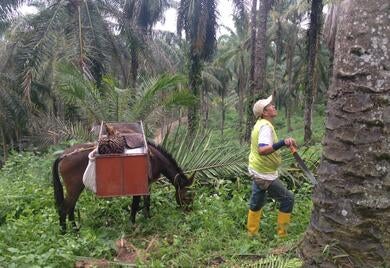
Six Takeaways on the Growth of Palm Oil in Latin America
As I have noted before in this space, there are a number of risks and opportunities associated with palm oil. Among other negative impacts, expansion of palm oil plantations drives deforestation in many tropical countries, resulting in enormous carbon emissions. However, palm oil’s high productivity makes it a profitable investment and it has the potential to bring wealth and employment to rural areas.
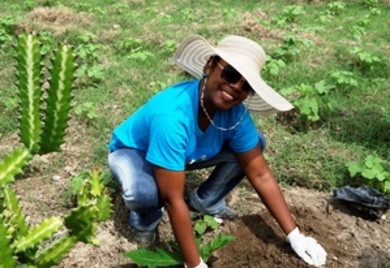
A Business Approach to Smallholder Agriculture
* By Andrea Sabelli There are an estimated 500 million smallholder farmers across the globe that produce food for over 2 billion people. These farmers work on plots of land that are under 2 hectares. The vast majority are poor and undernourished. Yet, the future role of smallholders in the food supply chain and as land stewards will be essential. By 2050, the global population is expected to grow by 2 billion. To meet food demand growth, FAO estimates that 90% of the increase in food demand will need to come from higher yields on existing farms, of which smallholders play a crucial role. Thanks to an example in Haiti, a business approach to smallholder agriculture may be what it takes for us to efficiently address demand.

What Imminent Opportunities and Challenges Does Our Region’s Agro-industry Present?
With the evolution of agro-industry, competing pressures, opportunities, and new challenges arise leading to a reformulation of the sector’s bases and forms.
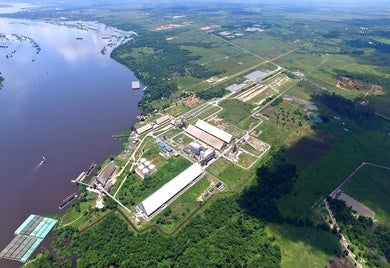
Soy: Paraguay’s “Green Gold”
This is the story of a small seed from Asia that has transformed the economy of a country in the heart of South America. Soy, a legume brought to Paraguay in the 50’s by immigrants from Japan, is today the country's main export product.
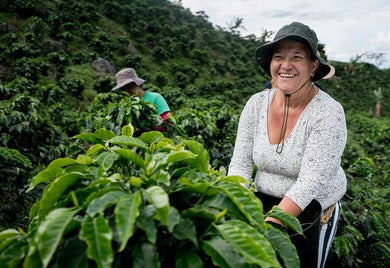
Can the private sector feed the world?
To feed the world by 2050, global food production must increase 60 percent on as little as 12 percent more arable land. This will require avoiding environmentally-sensitive areas while planning for the unexpected events of climate change. Increased floods, droughts, storms, heat and evolving insect resistance are changing how the world farms. Food security and agriculture are part of an ongoing dialogue at this year’s World Economic Forum Annual Meeting in Davos, where experts are identifying ways to replicate what works and tackle what doesn’t.
